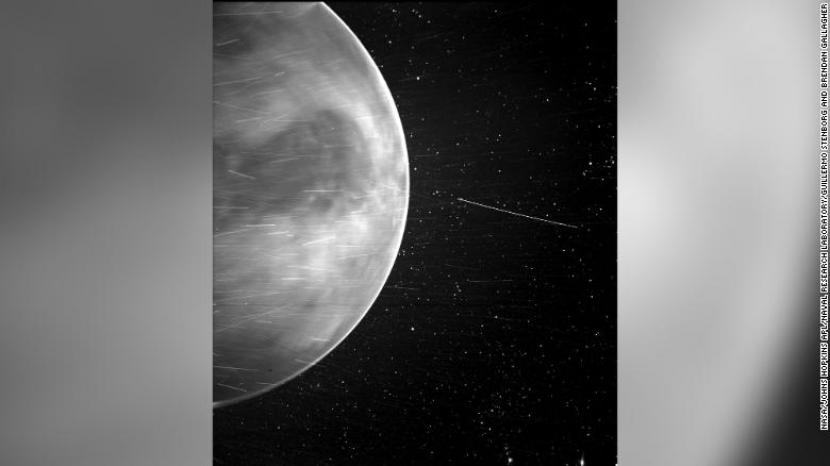For telescopic observers, looking for a view of Venus is not an easy thing. This is because clouds and an unbroken shroud of fog hides the planet’s surface from view.
However, during the early 1980s, astronomers discovered that this envelope is partially transparent at wavelengths invisible to the human eye, in the near-infrared region of the spectrum.
At 800 to 1,100 nanometers, it is possible to imagine the surface of the planet’s night side, which is at a furnace-like temperature of 460 degrees Celsius and glows like a piece of iron pulled from a blacksmith’s forge.
At these near-infrared wavelengths, the night side of Venus has a mottled appearance that roughly matches the surface topography that NASA’s Magellan spacecraft mapped in the early 1990s using radar to penetrate thick clouds. The slightly cooler highlands appear darker than the surrounding lowlands.
Reported from Sky and Telescope, Wednesday (23/2/2022), in 2006 Frederick Taylor (Oxford University, UK) speculated that clouds and fog might also be translucent in the visible region of the spectrum. Indeed, that’s what the Parker Solar Probe image reveals: the WISPR visible light image of the planet’s night side looks like a slightly blurred and reduced-contrast version of the near-infrared image.–


